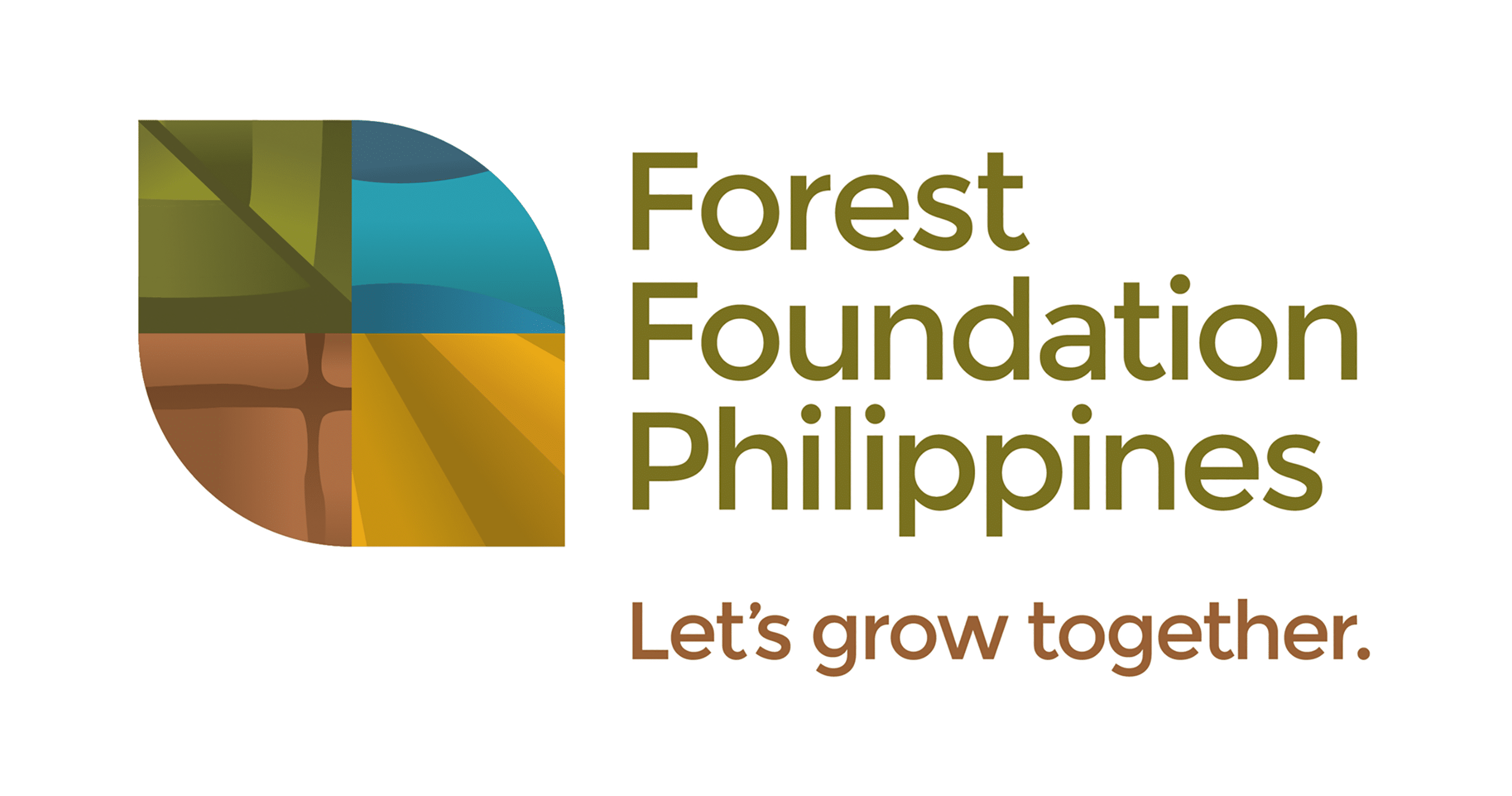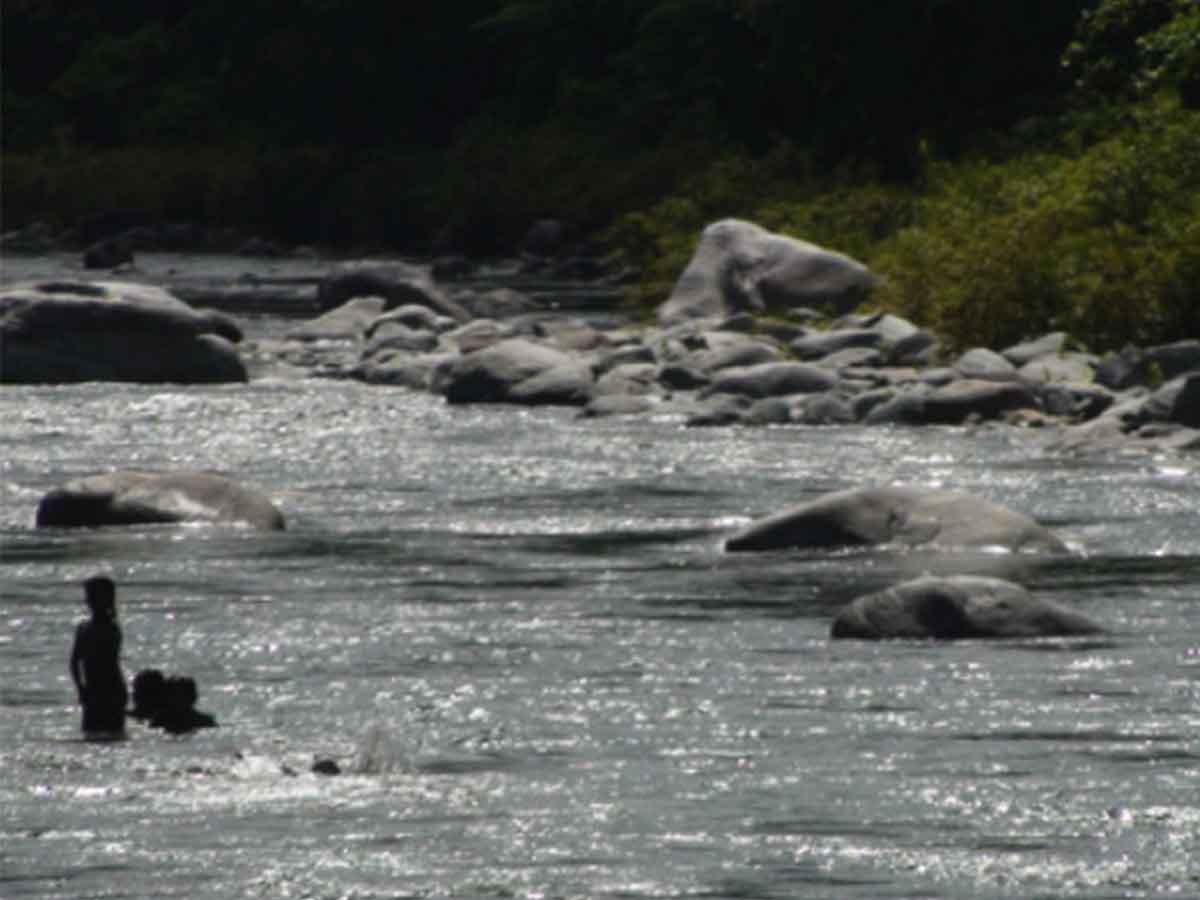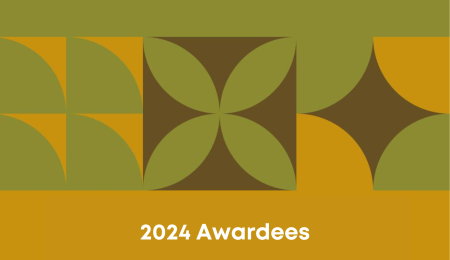LINAO-CAWAYAN SUB-WATERSHED FOR SUSTAINING POWER SUPPLY:An Inclusive Approach to Watershed Management for Sustainable Development and Community Empowerment in San Teodoro, Oriental Mindoro
The Linao-Cawayan sub-watershed in Oriental Mindoro is a haven for diverse flora and fauna and is an important natural resource for the communities living in the area. Over the years, however, it has suffered severe degradation because of unsustainable forest activities. Recognizing the urgency of rehabilitating their watershed, the local government and community of San Teodoro stepped up to the plate and came up with a sustainable program to effectively manage their sub-watershed. Even though the tasks seemed daunting at first, their strong commitment to rehabilitate and manage the area has paved the way for success.
The Linao-Cawayan sub-watershed in San Teodoro, Oriental Mindoro is home to indigenous peoples living within Barangays Calatagan and Biaan-Caagutayan. They were organized into two people’s organizations, namely the Iraya Pangkabyan Palamutan Organisasyon (IPPO) and Samahang Pangkabuhayan ng mga Tagalog at Mangyan (SAMPANGTAGMANG). The sub-watershed has a total area of 3,353 ha that passes through three municipalities: San Teodoro, which has the largest share of 1,870 ha; Puerto Galera with 1,165 ha; and Abra de Ilog with 318 ha.
The headwaters of Linao-Cawayan River are located in Abra de Ilog in Occidental Mindoro and flows through Puerto Galera and San Teodoro in Oriental Mindoro. The river passes through the barangays of Caagutayan, Bigaan, and Calangatan in San Teodoro and joins Alag River in Sta. Rosa II, and Baco, which is also in Oriental Mindoro.
Taxonomist Leonard Co, in his biodiversity survey of the site last June 2010, confirmed and recorded 257 taxa from 91 families. One hundred ninety-two genera of flora can be found in the watershed area with 75 species of forest trees evident. Most species of angiosperms are widespread in the area except for 2 species that have limited distributions. Based on records, the most frequent plants and trees evident in the area belong to families Moraceae, Gramineae, Euphorbiaceae, Leguminosae, and Thelypteridaceae. Sightings of Philippine fruit bats, wild pigs, deer, and even civet cats have also been recorded in the area.
Apart from its rich biodiversity, the Linao–Cawayan sub-watershed is also seen as an important natural resource for powering the hydro power plant situated at the heart of the sub-watershed and which cuts across Puerto Galera and San Teodoro. Without dynamic and sustained efforts in protecting and managing the watershed, the right amount of water volume will not be met and the power plant will only be wasted.
Capacitating key stakeholders for the conservation of Linao–Cawayan
The LGU of San Teodoro looked for opportunities to jumpstart the watershed conservation, and upon learning that the Philippine Tropical Forest Conservation Foundation (PTFCF) provides grants and technical assistance to civil society groups engaged in forest conservation, they quickly coordinated with the group. As an initial engagement, a project development grant (PDG) was awarded to a local NGO, the Tamaraw Lodge No. 65 Free and Accepted Mason to build the capacity of local stakeholders and develop the conservation program. An expected output of the PDG was a project proposal to PTFCF for the sustainable management of the San Teodoro watershed.
Upon review of the project proposal entitled, “Sustainable Watershed Management Project (SWAMP),” PTFCF recognized the importance of supporting the sustainable management of the San Teodoro watershed. It further acknowledged that there was no capable NGO that can manage the proposed project. Hence, even if PTFCF primarily works with civil society organizations, PTFCF resolved that the Linao-Cawayan Sub Watershed Project was under an exceptional circumstance, meriting the approval of the LGU-San Teodoro as the proponent/grantee. In February 2012, the LGU of San Teodoro and PTFCF entered into a Grant Agreement for the implementation of the Linao–Cawayan Sub-Watershed Management Project (LICASWAMP).
Implementing LICASWAMP: Program gains
LICASWAMP aimed to revive and protect the ecological health and biodiversity of the San Teodoro watershed as well as improve the quality of life of its residents. At the end of the program, the Linao–Cawayan sub-watershed is envisioned to be effectively managed. Specifically, it hopes to improve livelihood opportunities through sustainable agroforestry development, revitalize the forest through the use of native trees, and strengthen watershed governance through capacity and partnership building with various sectors.
The LGU of San Teodoro patterned the preparation and implementation of LICASWAMP after the development of the project proposal – it was multi-stakeholder in nature. Each sector was tasked with different responsibilities – from map consolidation to livelihood situational analysis to surmising socio-economic data, particularly on the IPs and local communities living within the area of jurisdiction. The staff of the office of the municipal mayor liaised to gather secondary data, and collect tenurial instruments and maps; while community workers of San Teodoro were tapped to facilitate dialogues and consultations on the ground. In addition, data on the situation of their forests was also collected. The fruit of their hard labor was indeed auspicious – the sub-watershed management plan was later adopted by the LGU.
The strategies in the plan then served as their implementation guide in reviving the ecological health and protecting the remaining biodiversity of Linao-Cawayan. Since the preparation and implementation of the LICAS Watershed Management Plan, the partnership between the different stakeholders has established community-managed nurseries, trained local communities and LGUs on nursery management and organic fertilizer production, assessed and evaluated the right species of trees to be planted in specific rehabilitation areas, promoted a science-based approach in the planting of at least 56,000 indigenous trees, trained IPs and local communities to become full-fledged DENROs, strengthened the organizational capacity of project proponents and other stakeholders through leadership and organizational strengthening trainings, delineated and updated the sub-watershed areas of the protected forest, identified critical hotspots and problematic areas, and verified and inventoried resources on the ground.
The program was also instrumental in empowering NGOs and POs by encouraging them to participate in the activities of the LGU for the sub-watershed. They were also capacitated on financial management, strategic planning, values formation, coconut and coffee production, paralegal training, and community-based enforcement of environmental laws.
LGU-San Teodoro has also been successful in capacitating local groups to engage in forest conservation activities, and so in 2013, the ST3RIInc. took over the management of the project and has now reached its second year of implementation. PTFCF continued its financial and technical assistance by supporting the expansion and replication of the project in the portions of the sub-watershed within the jurisdiction of Puerto Galera and Abra de Ilog in Oriental Mindoro, giving birth to LICASWAMP Phase III. To date, the Sangguniang Bayan of Abra de Ilog has already adopted LICASWAMP while the Sangguniang Bayan of Puerto Galera has already submitted its version of the plan to the Legislative-Executive Development Advisory Council (LEDAC) for further evaluation and recommendations prior to its adoption.
To date, San Teodoro continuously aims high and now plans to formulate a strategy to expand the project intervention within the entire watershed area of San Teodoro, citing the development of another hydropower plant, ORMIN power, which will have a 10-megawatt capacity. Should the efforts continue to generate positive results, upscaling of the project would be a possibility. This would also mean an increase in resource allocation for watershed management and protection. Expanding the coverage would also mean revisiting the current institutional arrangement of managing the watershed. San Teodoro is open to restructuring the current watershed management council in the future to best fit the possible change in governance and coverage of management, looking at the possibility of a three-municipality Linao-Cawayan Sub-watershed Management Council.




